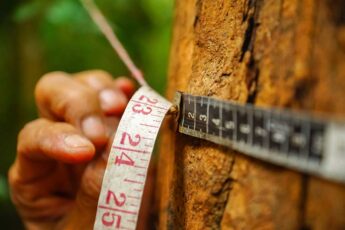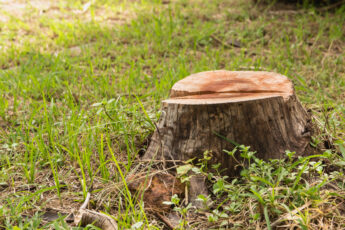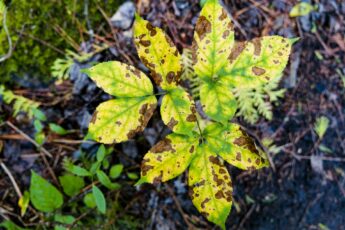Magnolia trees are known for their stunning blooms and graceful beauty. However, they can also attract a serious pest: magnolia scale. You might be dealing with this damaging insect if you’ve noticed sticky leaves, black mold, or unusual bumps on your magnolia. Left untreated, the magnolia scale can weaken your tree, stunt its growth, and even cause branch dieback.
Based on expert advice, here’s everything you need to know about spotting, treating, and preventing magnolia scale.
What Is Magnolia Scale?
The Magnolia scale (Neolecanium cornuparvum) is one of the largest soft scales in North America. It mainly targets magnolia trees, but can sometimes infest tulip trees too.
Adult scales look like small, rounded, pinkish-orange bumps, often coated with white, waxy material. They cluster tightly on branches and stems, sucking sap from the tree. This weakens the tree and produces a sugary waste called honeydew. Honeydew can lead to sooty mold, a black fungus that covers leaves and branches, further reducing the tree’s ability to photosynthesize.
Signs you might have a magnolia scale include:
- Sticky leaves and dripping sap
- Black sooty mold on leaves or ground cover
- Yellowing, wilting, or early leaf drop
- Reduced flower production
- Presence of ants (attracted to the honeydew)
Best Ways to Control Magnolia Scale
If you catch the infestation early, bringing your magnolia back to good health is possible. Here’s how:
1. Prune Infested Branches
If only a few branches are heavily infested, the simplest solution is pruning. Cut out and destroy the affected branches during the dormant season (late fall to winter), when the scale insects are least active. Always sanitize your pruning tools afterward to avoid spreading pests or diseases.
Pruning helps reduce the population drastically and improves air circulation, making trees less hospitable for future infestations.
2. Apply Horticultural Oil
For larger infestations, horticultural oil can be very effective. These oils smother the scale insects and are safe for most beneficial insects when used correctly.
Timing is critical. Apply oil in late winter (dormant season) or late summer when crawlers—the mobile young scale insects—are active. Crawlers are much easier to kill than mature adults.
Thoroughly coat all bark surfaces. Depending on the severity of the infestation, a second application may be needed.
3. Use Insecticides if Necessary
If horticultural oils aren’t enough, you may need to resort to a systemic insecticide, such as products containing imidacloprid or dinotefuran. The tree absorbs these and targets the scale insects when they feed.
Apply these treatments in early spring before the insects mature. Follow all label directions to avoid harming pollinators and beneficial insects.
Choose insecticides labeled specifically for scale insects and safe for flowering trees whenever possible.
4. Encourage Natural Predators
Nature can be your best ally. Lady beetles, parasitic wasps, and other beneficial insects feed on scale insects. Avoid using broad-spectrum insecticides that can kill these natural predators.
You can also plant companion plants nearby, like yarrow and dill, that attract helpful insects to your garden.
How to Prevent Magnolia Scale in the Future
Once you get the infestation under control, focus on prevention:
- Inspect trees regularly, Especially in late summer when crawlers are active.
- Keep trees healthy: Stressed trees are more vulnerable. Ensure your magnolia is well-watered, properly mulched, and fertilized.
- Prune annually: Remove dead wood or crowded branches to promote good air circulation.
- Limit nitrogen fertilizers: Too much nitrogen can encourage soft, lush growth that attracts pests.
A proactive approach makes a big difference. With regular care and monitoring, you can keep the magnolia scale from returning year after year.
Final Thoughts
Magnolia scale can look intimidating, but it doesn’t mean the end of your beautiful magnolia tree. You can reclaim your landscape by spotting the signs early, using a mix of pruning, oils, and responsible insecticide use, and encouraging natural predators.
If the infestation is severe or your efforts are not working, consulting a certified arborist is a smart next step. Professionals can provide specialized treatments and long-term plans tailored to your specific situation.
Keeping your magnolia healthy isn’t just about looks—it’s about maintaining a vibrant, living piece of your outdoor world for years to come.
Resources and References:
- University of Minnesota Extension – Magnolia Scale
- Penn State Extension – Magnolia Scale
- Iowa State University Extension – Scale Insects on Shade Trees and Shrubs
- Missouri Botanical Garden – Magnolia Scale Fact Sheet






